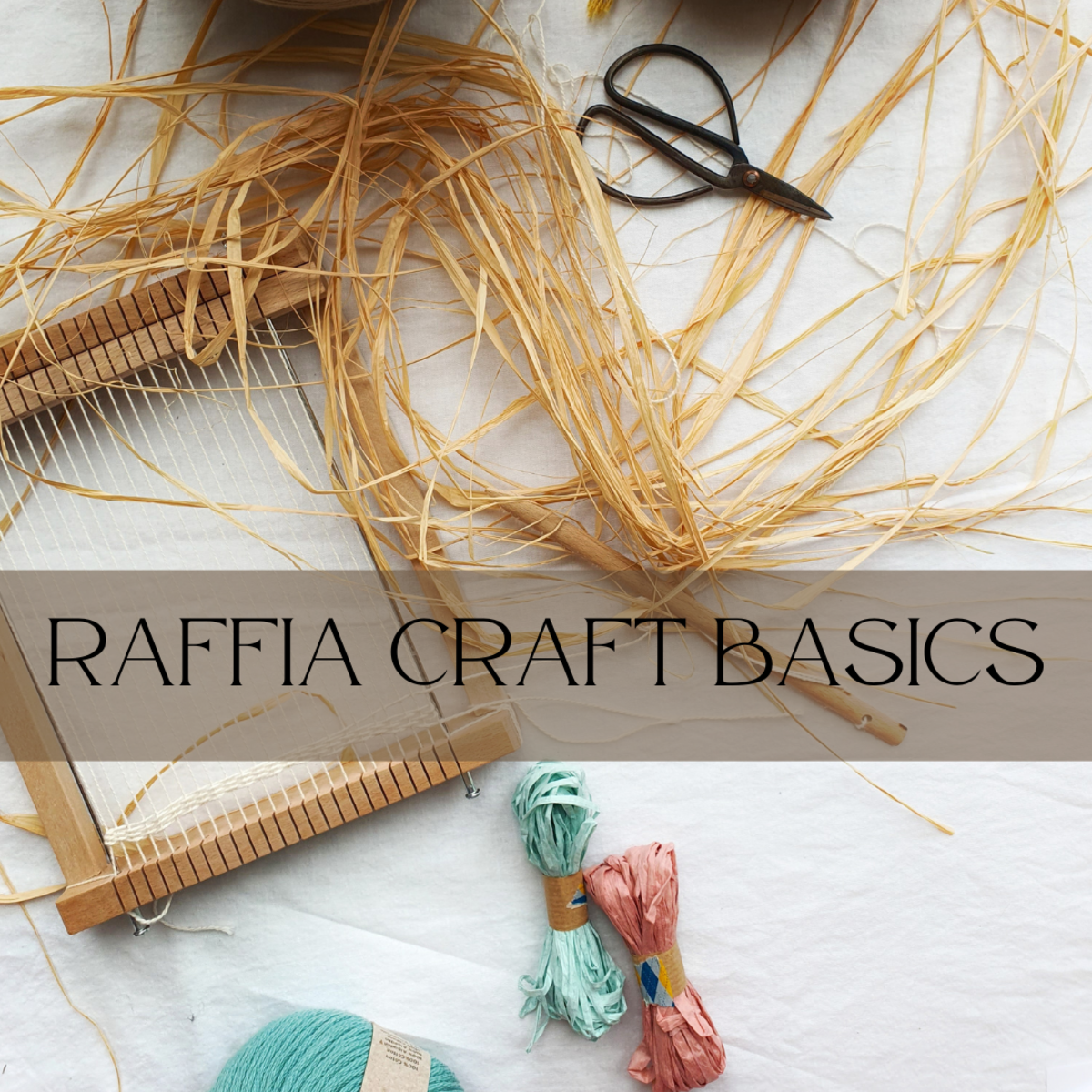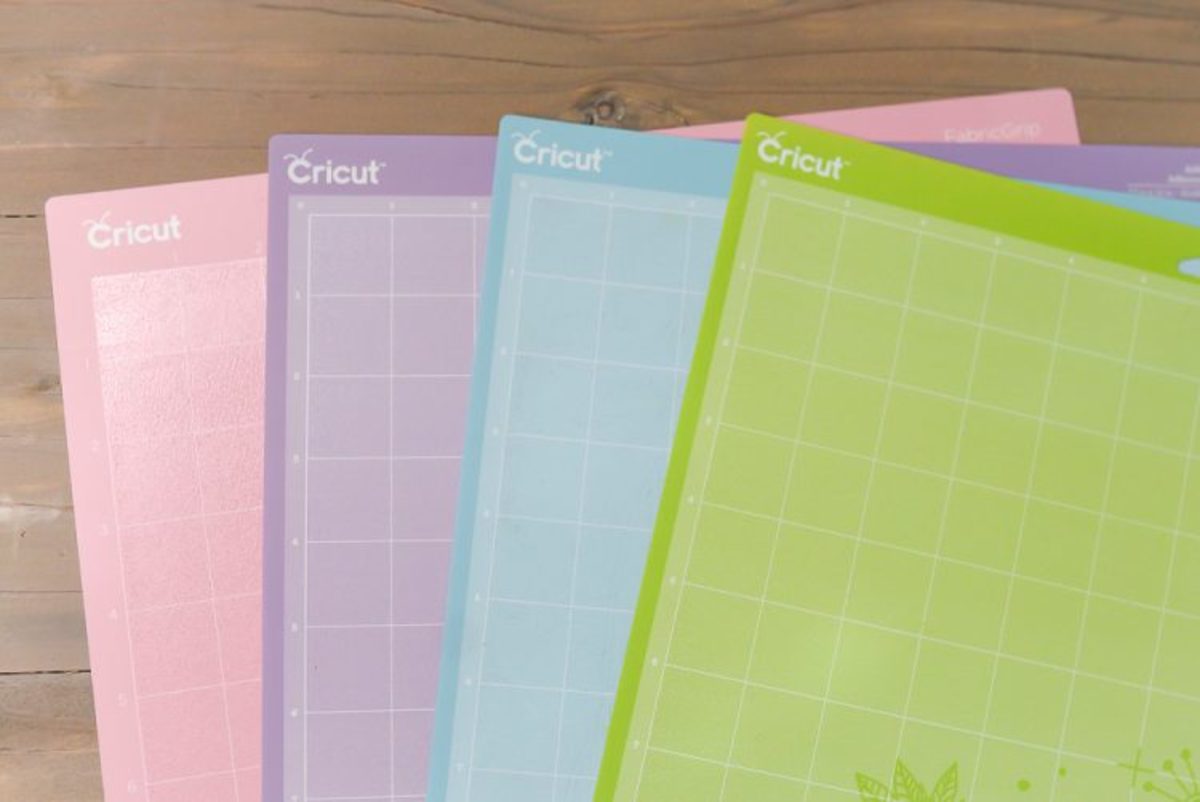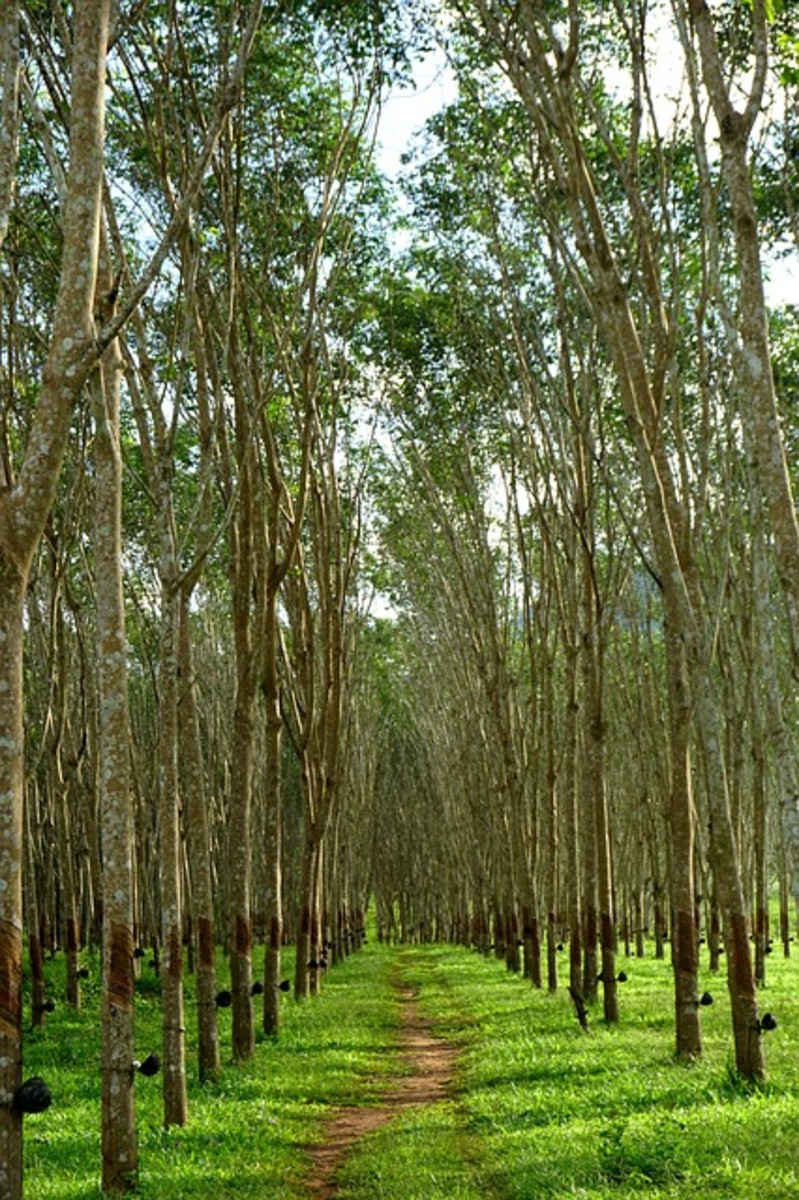How to Choose Your Yoga Mat
How to Choose Your Yoga Mat
When you start doing yoga, you probably want to buy your own yoga mat. But there are verities of yoga mat out there, which can make shopping for your yoga mat overwhelming experience. Hence they come in various materials, sizes, thicknesses, and colors will make it a whirlwind of decisions to make. This article will cover each of these aspects and should make the decision process of choosing your yoga mat a bit simpler.
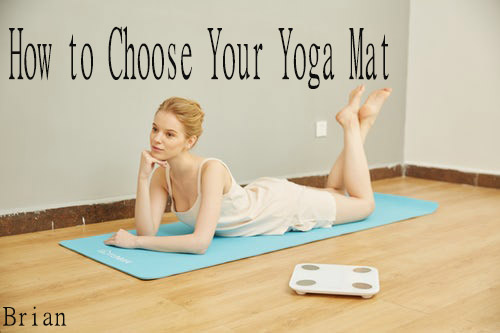
PVC Yoga Mat
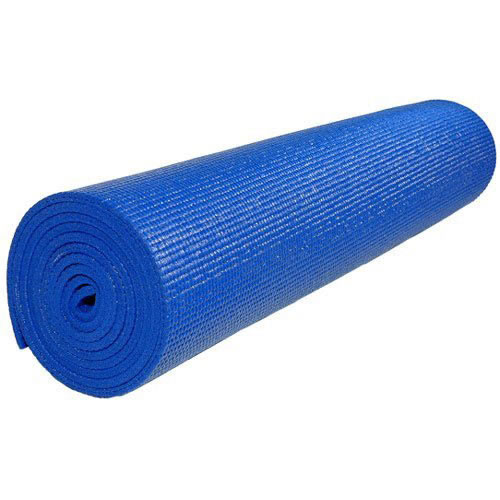
Polyvinyl chloride (PVC) is a form of anti-tearing fiber. The nature of PVC mat is based on open-cell technology, giving it the ability to retain sweat and possess a good grip. Additionally, it is relatively cheap and lightweight. PVC mats mostly serve the purpose of functionality and comfort of use. On the downside, this material contains chemicals that may linger in your system for years. Prolonged contact with PVC can have various effects on the health of the user, which makes them not eco-friendly.
Natural Rubber Yoga Mat
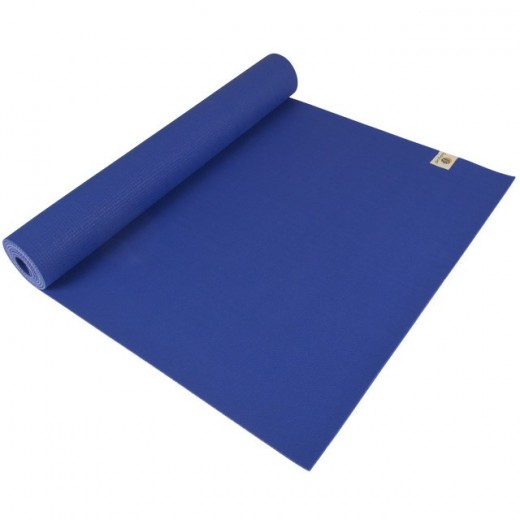
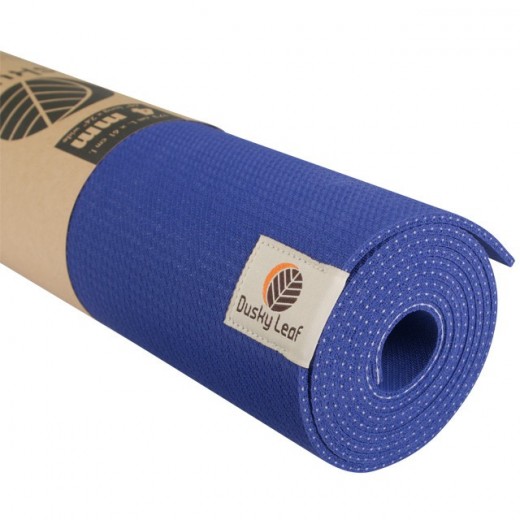
As the name implies, natural rubber mats are made out of natural rubber tapped from the rubber tree. The composition of this type of mat is 100% rubber and free from any synthetic materials. Being an all natural product, it is a good option as it does not contain any harmful substance. A natural rubber mat offers incredible grip and great comfort of use. Another good point about this type of material is that it is eco-friendly and has anti-microbial properties that help keeps it clean. However, do note that natural rubber mats are quite heavy and takes a long time to dry out. It’s bulky appearance makes it difficult to roll and fit into small bags, thus, rendering it unsuitable for traveling yoga practitioners.
Cotton Yoga Mat
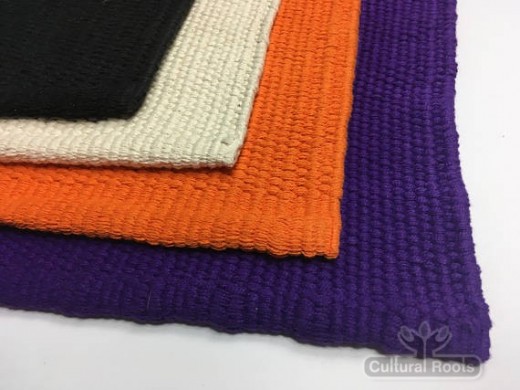
Sometimes referred to as ‘traditional yoga mats’, this type of mat is commonly used on top of another yoga mat to provide additional support; it absorbs sweat and swells to increase the grip. Cotton yoga mats are made from natural cotton material, which makes it eco-friendly. It has a soft surface that provides a cushioning effect because of its supple texture. Additionally, they are easy to clean because you can just wash them after use. They are portable and lightweight, making it easy to carry around. However, bear in mind that cotton fibers do not last long as they deteriorate faster than other material due to wear and tear from frequent use.
NBR Yoga Mat
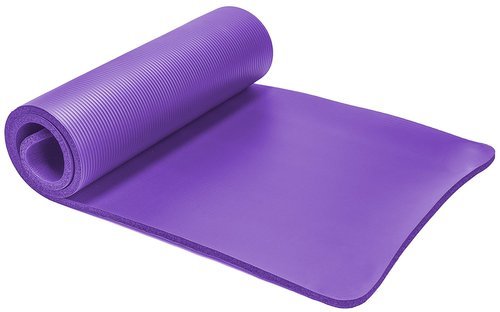
Nitrile butadiene rubber (NBR) mats are made from butadiene and acrylonitrile by an emulsion polymerization method. Unlike natural rubber, this is a form of synthetic rubber that is not naturally harvested but rather a man-made. This type of mat is popular among most yoga practitioners because they tend to be the thickest and most comfortable. The material itself is oil and heat resistant as well as elastic and easy to clean. NBR mats are known for being durable and are normally well-padded. Owning one is also economical as they are among some of the more affordable types in the market. One downside though is that it has poor cohesiveness.
TPE Yoga Mat
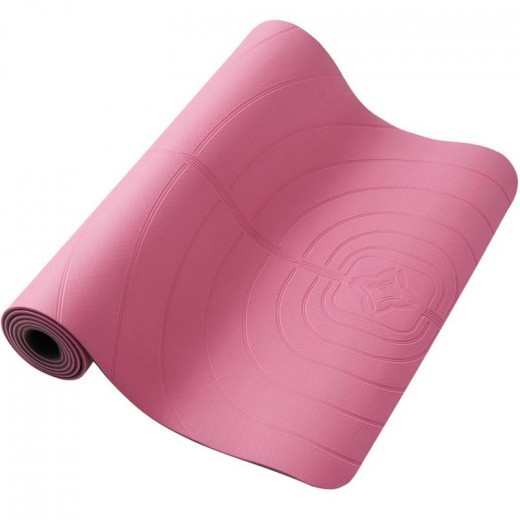
TPE mats are made from thermoplastic elastomers, formed under high temperature which makes it anti-microbial and easy to clean. Thermoplastic elastomers (TPE) mat are eco-friendly and is non-toxic, does not contain heavy metals, and does not give off irritating odor. They can be recycled and re-used and do no harm to the environment. Another good feature of TPE mats is that it resists the growth of bacteria and is partly biodegradable. This type of mat is soft yet durable and lightweight, making it a good choice to bring along for yoga camps or retreats.
Jute Yoga Mat
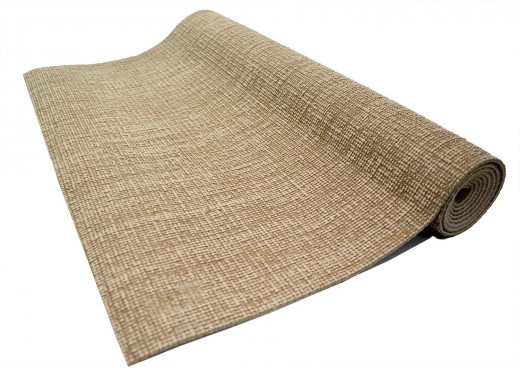
The core ingredient of the jute mat is rough fiber derived from the stems of a tropical old world natural vegetable plant, which takes only 45 months to grow to maturity. This raw material combined with eco-polyvinyl chloride makes jute mats eco-friendly. Also known as linen mat or hemp mat, it can serve the purpose of a two-in-one yoga mat. The fiber of a jute plant gives the mat a good grip and provides better stability to perform yoga poses. As it is made from environmental resin and is non-toxic, it is both recyclable and biodegradable. It is considered a natural product that is safe to use and is durable.
Cork/ PU Yoga Mat
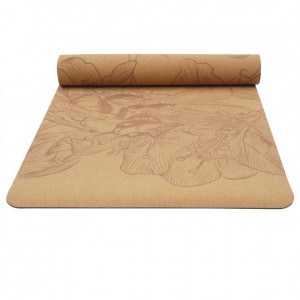
A cork yoga mat is made from polyurethane (PU) material with a base that is made of thermoplastic elastomers or natural rubber material. Countless yoga practitioners have turned to the cork yoga mat for its non-slip surface. Even during the sweatiest hot yoga practice, a towel is not necessary. A cork yoga mat is environmental-friendly and because it is an exceptionally renewable resource with excellent grip feature, it makes them perfect for yoga. A cork yoga mat is extremely durable, hence the higher price tag.
EVA Yoga Mat
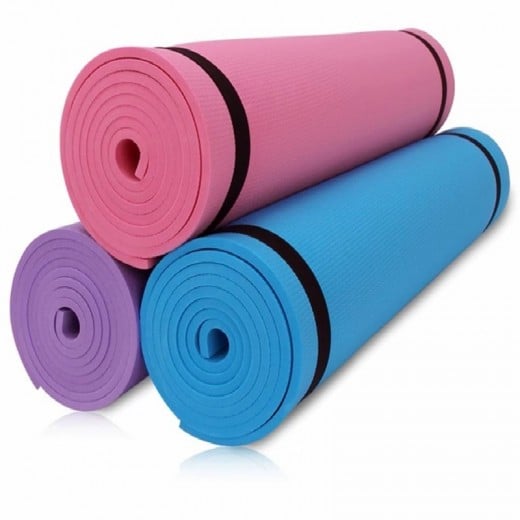
Ethylene-vinyl acetate makes up the component of an EVA yoga mat. This material is both lightweight and resistant to cracking. This type of mat is moisture-resistant and easy to wipe clean after a yoga session. One obvious characteristic about the EVA mat is that it may tend to stretch a bit as you work out. Another shortcoming is that it contains chemicals that may emit undesirable odors. This material is normally used in the making of flip flops and a variety of floor mats, including those used in gyms and schools. If you have ever purchased those puzzle-like pieces of foam mat at the toy store, you have probably also encountered EVA foam in another form. The texture of EVA foam is soft and pliable but may become flat and less serviceable with frequent use.

